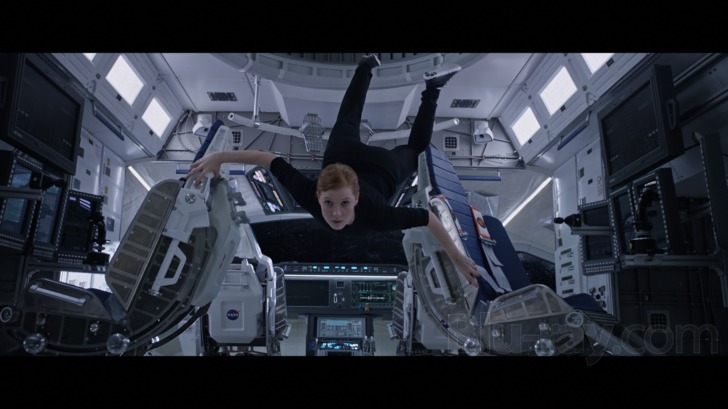

A one-way, 180-day trip alone would subject them to 15 times the annual permissible dosage for workers in nuclear power plants. Astronauts would be exposed to two kinds of dangers as they traveled to and from Mars and worked on the surface: solar energetic particles and galactic cosmic rays. The problem of Martian radiation is another tricky issue. But in the violent one Weir invents for his story, the fix wouldn’t last a day. That might actually be enough to do the job in the tenuous atmosphere that does exist on Mars. When a pressure leak causes an entire pod on Watney’s habitat to blow up, he patches a yawning opening in what’s left of the dwelling with plastic tarp and duct tape. It was exceedingly cool actually, and for that reason Weir’s liberty could almost be forgiven, but then the story tries to have it both ways with the same bit of science. “Plus, I thought the storm would be pretty cool.” “I needed a way to force the astronauts off the planet, so I allowed myself some leeway,” Weir conceded in a statement accompanying the movie’s release. That sets the entire castaway tale into motion, but on a false note, because while Mars does have winds, its atmosphere is barely 1% of the density of Earth’s, meaning it could never whip up anything like the fury it does in the story. Much more disturbing is what is arguably the most important plot device in the movie: the massive windstorm that sweeps astronaut Mark Watney (Matt Damon) away, causing his crew mates to abandon him on the planet, assuming he has been killed. MORE This Graphic Shows All the Ways Mars Will Try to Kill Us If We Ever Get There One rule of thumb in space travel: never take the risk of a spacewalk unless it’s absolutely necessary-and in this case it’s not. But there’s no one in the cargo ship to see him waving and video cameras on both the arriving ship and the mother ship would make it possible to control the entire operation from an indoor console. Other errors are a bit more technical, as when an unmanned supply vehicle is docking with the Mars mother ship and an astronaut is sent outside in a spacesuit to wave it in like an airport worker on a tarmac.

Even in a relatively near future in which it’s possible to travel to and from Mars, the laws of economics and politics still apply, and Washington would never spend the money on architectural glitz when the drearier but serviceable facilities are still in place. The Johnson Space Center in Houston and the Jet Propulsion Laboratory in Pasadena look nothing like the slick, futuristic places they appear to be on screen. Some of the movie’s errors are minor and even cosmetic. How many liberties can you take and how big should they be before you lose credibility? In the case of The Martian, the answer is mixed. The hard part about good science fiction has always been the fiction part. But still: Don’t expect all of the science to be what it should be.


 0 kommentar(er)
0 kommentar(er)
